Ngorongoro Conservation Area
Ngorongoro Crater Tour
The Ngorongoro Crater is often called as the ‘Africa’s Eden’ and the ’8th Natural Wonder of the World’. It has as well being declared as one of the Seven Natural Wonders of Africa. A visit to the crater is a main draw card for tourists coming to Tanzania and a definite world-class attraction. Within the crater rim, large herds of zebra and wildebeest graze nearby while sleeping lions laze in the sun. At dawn, the endangered black rhino returns to the thick cover of the crater forests after grazing on dew-laden grass in the morning mist. Just outside the crater’s ridge, tall Masaai herd their cattle and goats over the green pastures through the highland slopes, living alongside the wildlife as they have for centuries.

Maasai living alongside with wildlife at Ngorongoro
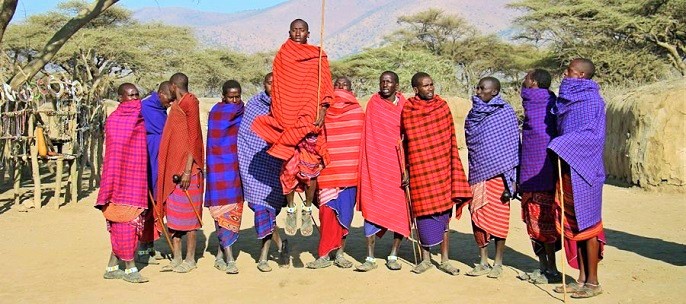
Aside from herds of zebra, gazelle, and wildebeest, the crater is home to the "big five" of rhinoceros, lion, leopard, elephant, and buffalo. The crater plays host to almost every individual species of wildlife in East Africa, with an estimated 25,000 animals within the crater.
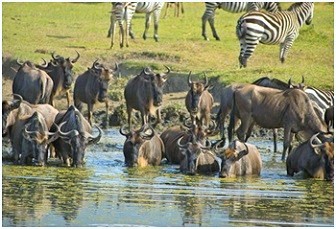

Ngorongoro Conservation Area a UNESCO World Heritage Site, includes its eponymous famous crater, Olduvai Gorge, and huge expanses of highland plains, scrub bush, as well as forests that cover approximately 8300 square kilometres. Being a protected area, only indigenous tribes such as the Masaai are allowed to live within its borders. Lake Ndutu and Masek, both alkaline soda lakes are home to rich game populations, as well as a series of peaks and volcanoes that make the Conservation Area a unique and stunning landscape. Of course, the crater itself, actually a type of collapsed volcano called a caldera, is the main attraction. After a beautiful descent down the crater rim, passing through the lush rain forest and thick vegetation, the flora opens to grassy plains throughout the crater floor. The game viewing is truly incredible, and the topography and views of the surrounding Crater Highlands further surpasses the beauty of this world. Accommodation facilities are located on the ridges of the crater.
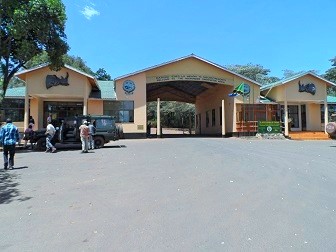
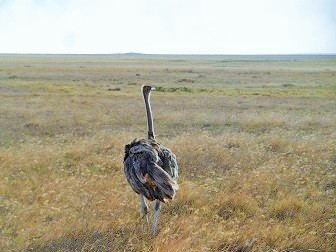
This truly magical place is home to Olduvai Gorge, where the Leakeys discovered the hominoid remains of a 1.8 million year old skeleton of Australopithecus boisei, one of the distinct links of the human evolutionary chain. In a small canyon just north of the crater, the Leakeys and their team of international archaeologists unearthed the ruins of at least three distinct hominoid species, and also came upon a complete series of hominoid footprints estimated to be over 3.7 million years old. Evacuated fossils show that the area is one of the oldest sites of hominoid habitation in the world.
The Ngorongoro Conservation Area is without a doubt one of the most beautiful part of Tanzania, steeped in history and teeming with wildlife. Besides vehicle safaris to Ngorongoro Crater, Olduvai Gorge, and surrounding attractions, hiking treks through the Ngorongoro Conservation Area are becoming increasingly popular options. Either way you choose to visit, the Crater Highlands are an unforgettable part of the Tanzanian experience.

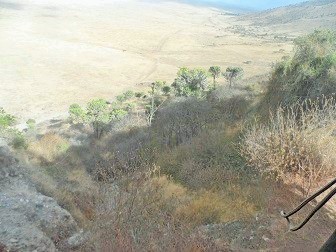
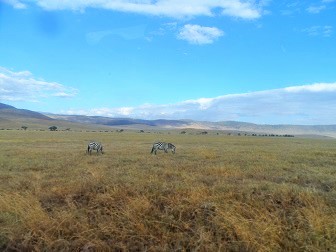
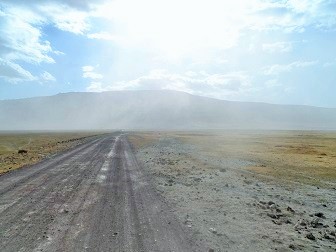
Ngorongoro is an amazing place to be, I reccommend you must pay a visit to Ngorongoro crater and you will have the best memorable experience.
Click here to see how to get here from your country.
- Serengeti Park
- Northern Circuit Tour
- Saanane Island Park
- Rubondo Island Park
- Beaches
- Rocks Tourism
- Igogo Caves
- City Tour
- Bujora Museum
- Gunzert House
- Markets & Shopping
- Adventure Tourism
- Kageye Historical site
- Volunteer Tourism
- Sporting Tourism
- Investment Opportunities
- Butiama Museum
- Ukerewe Tourism
- Livestock Tourism
- Religion Tourism
- Slums Tourism
- Historical Sites
- Events Tourism
- Farming
- Transportation Adventure
- Natural Remedies
- Education Tourism
- Eating Tourism
- African Lifestyle
- Sengerema
- Misungwi G.R.
- Kagera Tourism
- Kagera Culture
- Mara Culture
- Mara Touring
- Geita Tourism
- Rwanda and Burundi
- Visit Uganda






Follow us